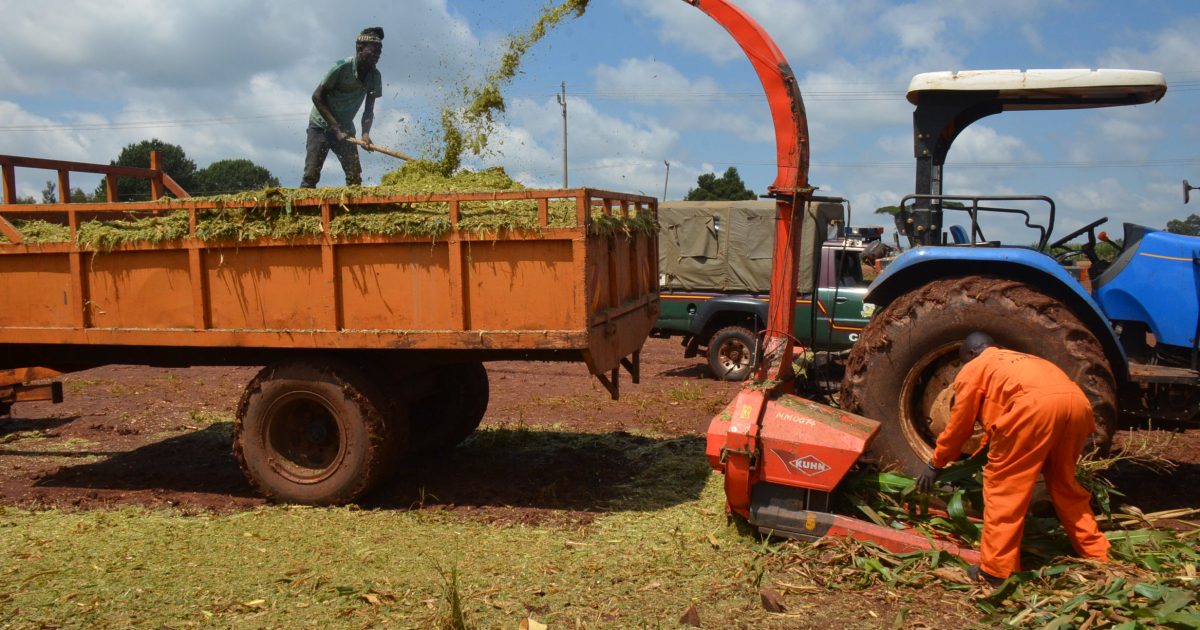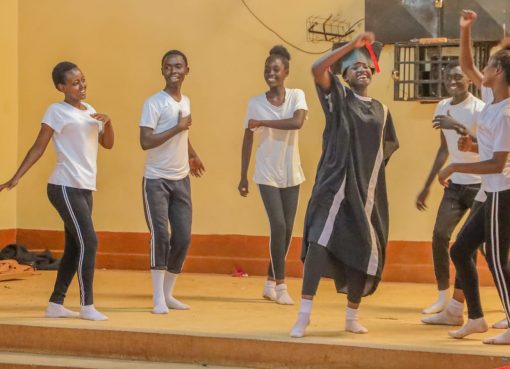Dairy farmers in Trans Nzoia, are embracing silage making which is cost effective as it is made from maize from their farms, thus making it much cheaper than other dairy feeds.
In an interview with KNA, a dairy farmer in Cherangany Sub County, says that silage also helps farmers plan ahead for dairy feeds. “I make the feeds enough to last my animals the whole year,” said Moses Ladama.
Ladama estimates that feeding his 30 dairy cows per year requires 10 acres of maize. Apart from feed security for the animals, he says that silage has also increased milk production.
“I used to produce like 8 litres of milk per cow, per day, but today silage has increased milk production to 15 litres per day per animal,” he said.
He said that once quality silage is prepared, his work as a dairy farmer becomes minimal. “Silage making has also enabled me to have less workers,” he told KNA at his farm in Chisare, Cheranganyi.
Ladama noted that quality feeds combined with other concentrates has enabled him to increase his income that has seen him meet daily needs with ease, adding that dry matter also helps animals to take a lot of water which according to him gives more milk.
He said nappier is good but the green matter denies the animals from taking the required amount of water in a day.
The CEC in charge of Agriculture, Mary Nzomo, agrees that silage making had increased milk production
in the region, saying that the estimate milk production for the county in 2019 was 185,197,315 kg of milk.
Nzomo said currently farmers doing silage had increased milk production from 5 kg per cow per day to averagely 8kg per day cow depending on the breed. She however, said that dairy farmers with high yielding breeds were getting between 17kg to 40kg per day with silage. She also said that silage making enabled farmers to get quality feeds and made their storage easier.
She said that silage is a modern way of farming and if embraced will increase milk production for the county and thus improve farmers’ livelihoods, advising farmers to go for quality breeds and practice zero grazing, adding that this fastened the growth of animals. According to Nzomo, confined animals use most of the energy from feeds on growth and milk production.
She asked farmers to embrace the silage technology for increased production and good planning for feeds, urging farmers to take advantage of the bull station in the county to get better breeds.
“I also want to advise dairy farmers to make use of extension officers to improve on your farming and
also form co-operative societies to have a better bargaining power for your produce,” she said.
By Pauline Ikanda



